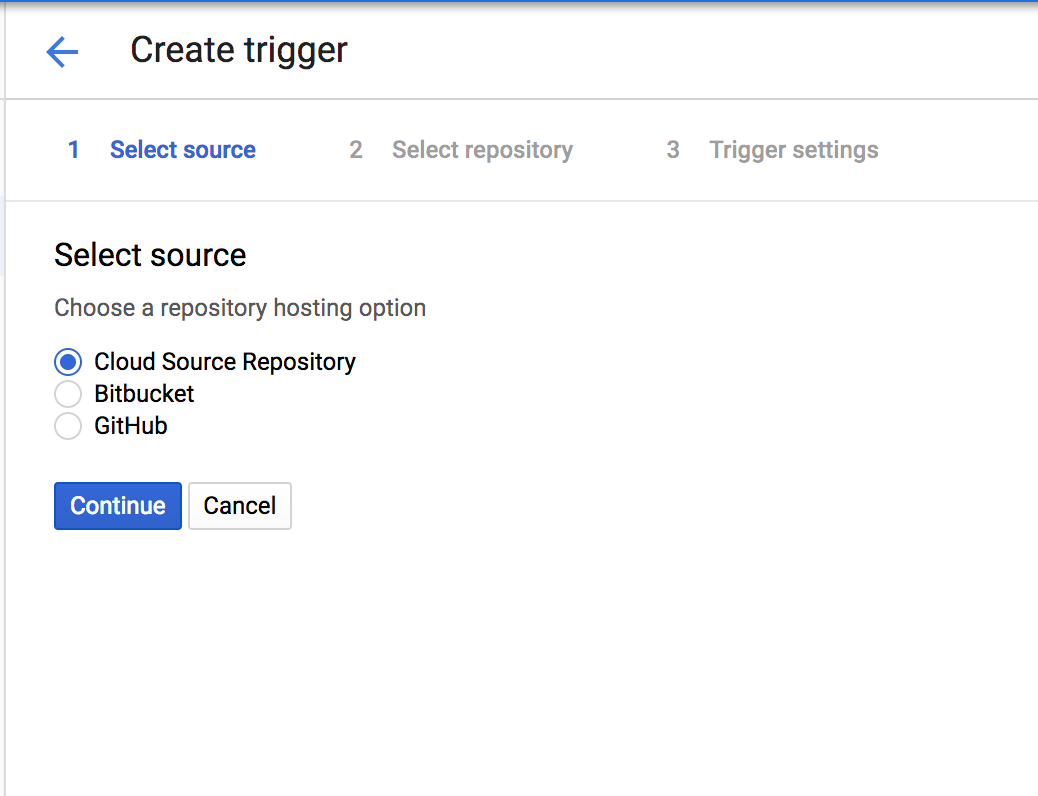
- Flask app builder multi select how to#
- Flask app builder multi select install#
- Flask app builder multi select update#
- Flask app builder multi select code#
This will ensure that we don't start up web servers if we ever import this script into another one (we'll only run the web server if we run this file explicitly).

We'll see how routing works in more detail when we add more routes. This maps the main part of our application ( /) to the home() function. In line 5, we use a Python decorator that Flask provides.In line 3, we initialize a flask application, passing in Python's special _name_ variable to let Flask intelligently configure other parts of our application.

This is a web application in seven lines of code.
Flask app builder multi select code#
Your project structure should look as follows: flask-crud-app/Īdd the following code to the bookmanager.py file: from flask import FlaskĪpp = def home (): return "My flask app" if _name_ = "_main_": Create a directory for your project called flask-crud-app and create a file inside that called bookmanager.py. One of Flask's selling points as a web framework is the simplicity of getting a basic web page running - we can do this in only a few lines of code.
Flask app builder multi select install#
If you are used to using virtualenv for your Python projects, then install the libraries inside one of those and drop the -user flag. You can install all of these through pip by running the following command: pip3 install -user flask sqlalchemy flask-sqlalchemy

Flask app builder multi select update#
Whatever you want to build, you'll need to take input from your user and store it (let your user create information), display that information back to your user (allow your user to read information), find a solution for outdated or incorrect information (allow users to update information), and remove unnecessary information (allow users to delete information that was previously added). These four operations, create, read, update, and delete, more commonly referred to in database theory as "CRUD," form the basis of nearly all web applications, including Gmail,, and your online banking page. Specifically, we'll build an application that allows users to create book titles by entering them as text, read all the book titles entered, update the titles, and delete them. We'll build a very basic book database in this tutorial. You can clone that if you want to start from the end product instead of building each step. If you want to learn more about the relation between SQL and SQLAlchemy, you can see my tutorial specifically on that over at Compose.io.Īll the code used in this tutorial is available as a GitHub repository. If you've run some SQL statements before, it might be easier to understand what's happening under the hood. We'll be using SQLAlchemy, which is an ORM that hides a lot of SQL logic.
Flask app builder multi select how to#
You can find detailed instructions on how to setup Python for different operating systems over at this Django Girls Tutorial. You need to have Python 3 installed on your computer and be able to install Python libraries through the Python package manager, pip. It'll also be helpful if you've used HTML before, or at least know what it is.

We'll be explaining each step of this tutorial in detail, but you'll find it easier to follow along if you've coded in Python before. Be able to quickly build web applications using Python and Flask.Know how databases work and how to integrate these into your web app.Understand what a web application is and how to build one.We will therefore keep the example application as simple as possible, so that you can focus on the tools themselves instead of application-specific details.Īfter going through this tutorial, you'll: However, once you can write a basic web application that takes user input and stores this in a database, you are well on your way to writing any web application that you can imagine. The application that we build here is not intended to be useful on its own. We'll use SQLAlchemy in conjunction with SQLite to store information about books. In this tutorial, we'll walk through building a minimal web application using Flask.


 0 kommentar(er)
0 kommentar(er)
